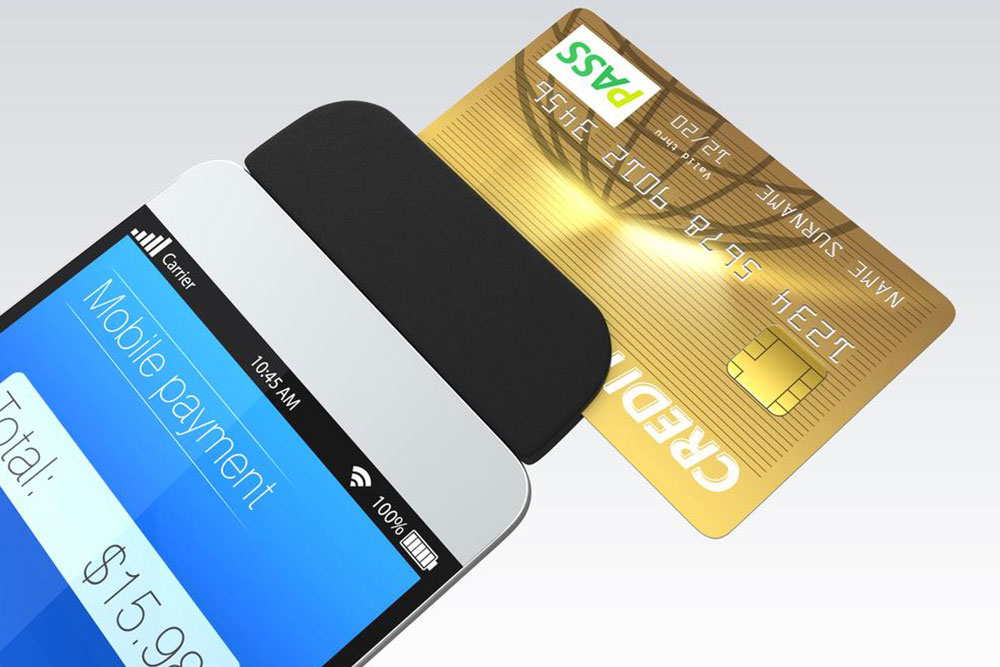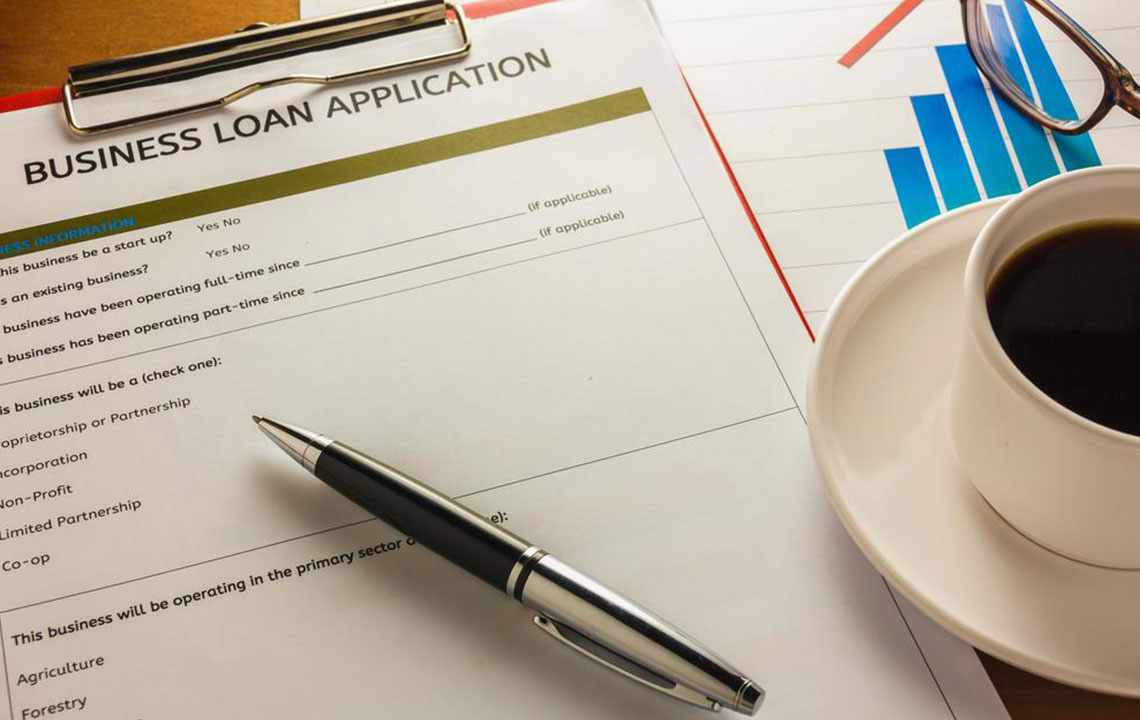Proven Methods to Effectively Manage and Reduce Your Credit Card Debt
Discover comprehensive, proven strategies for managing and reducing credit card debt, including options like balance transfers, personal loans, and home equity solutions. This guide provides practical tips to streamline debt repayment, save on interest, and regain control of your finances efficiently.

Proven Methods to Effectively Manage and Reduce Your Credit Card Debt
If you're feeling overwhelmed by multiple credit card balances, you're not alone. Managing multiple debts can become stressful and financially draining, but adopting strategic debt management techniques can significantly ease your burden. Debt consolidation has become a popular, effective solution for many individuals aiming to streamline their payments, cut down on interest expenses, and regain control of their financial lives. This comprehensive guide delves into some of the most effective methods to manage and reduce credit card debt, helping you build a pathway toward financial stability.
Debt consolidation involves merging various credit card debts into a single, more manageable payment plan, often with lower interest rates. This approach can simplify your financial commitments, make budgeting easier, and help accelerate your debt repayment timeline. However, it's crucial to understand the nuances, benefits, and potential risks associated with each method to select the best strategy tailored to your unique financial situation.
Utilize a 0% Balance Transfer Credit Card
If you have a strong credit profile—usually a score above 690—you might qualify for a 0% interest balance transfer credit card. These cards allow you to transfer your existing credit card balances to a new card, thereby consolidating multiple debts into a single account that is easier to manage.
Most 0% promotional offers extend for up to 18 months, giving you a substantial window to pay off your debt without accruing interest. This can drastically reduce your overall repayment amount and help you clear your debts faster.
To maximize this benefit, create a clear payment plan to pay off the entire transferred balance within the promotional period. Be mindful that some financial institutions impose a balance transfer fee—typically around 3% of the transferred amount—and may charge annual fees. Carefully analyze whether this option offers genuine savings considering all associated costs before proceeding.
Choose a Low-Interest Personal Loan
A highly effective alternative to credit card debt consolidation is obtaining a low-interest personal loan. Many banks, credit unions, and online lenders offer such loans at competitive rates, often lower than what credit cards charge.
Your credit score plays a vital role in qualifying for the best interest rates. Those with excellent credit scores (generally above 700) are more likely to secure favorable loan terms. For individuals with less-than-perfect credit, credit unions often provide more accommodating rates and loan options.
Online lenders have streamlined the approval process and usually provide quick responses, but it's essential to scrutinize any upfront fees, such as application or origination charges. Always verify lender credibility through trusted resources like the Better Business Bureau and compare different offers to ensure you're getting the most cost-effective deal.
When choosing a loan, compare interest rates, repayment terms, and any associated fees. Avoid lenders that do not assess your credit profile carefully or that require exorbitant upfront payments, as these can diminish the financial advantage of the loan.
Explore Home Equity Loans and Lines of Credit
If you're a homeowner, leveraging your property's equity can be a highly effective method of consolidating high-interest debts into a lower-interest borrowing option. You can consider a home equity loan or a home equity line of credit (HELOC).
A home equity loan functions much like a traditional loan, offering a lump sum with fixed interest rates, making it predictable and easier to budget for. Alternatively, a HELOC functions like a credit card, providing a revolving line of credit with variable interest rates and flexible borrowing terms.
These options generally allow borrowing larger amounts compared to other methods, and their interest rates are comparatively lower since they are secured against your house. However, they carry the inherent risk of foreclosure if you fail to meet repayment obligations. Therefore, use this strategy only if you're confident about your ability to make consistent payments and understand the potential consequences.
Having good credit significantly simplifies the process of consolidating debt using these methods. Remember, these strategies serve as tools to help manage your debt more effectively, but they require disciplined payment plans and responsible financial behavior to succeed in the long term. Responsible management, regular monitoring, and sticking to repayment plans are key to achieving lasting financial health.





